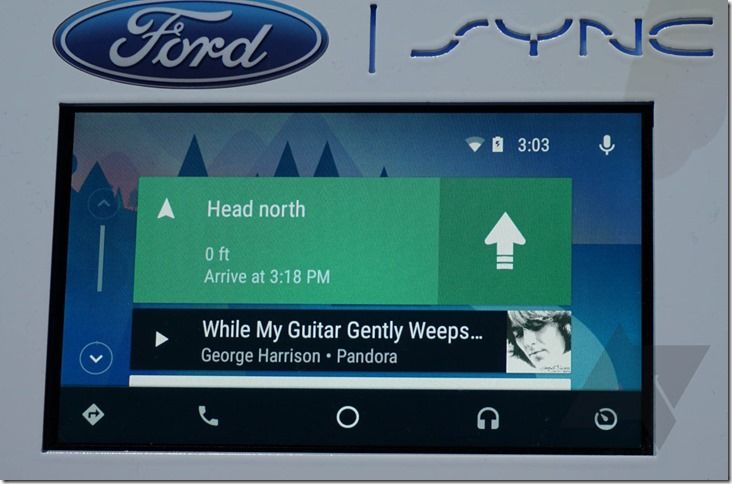latest

Welcome back to another week of the Android Police Podcast. To catch us live on Hangouts On Air every Thursday at 5:30PM PST (subject to change as per the calendar widget below), just head over to androidpolice.com/podcast. For the unedited video show, click here (warning: this video is uncut). As always, we'll take your questions at 530-HELLO-AP and also at our email address: podcast at androidpolice dot com.
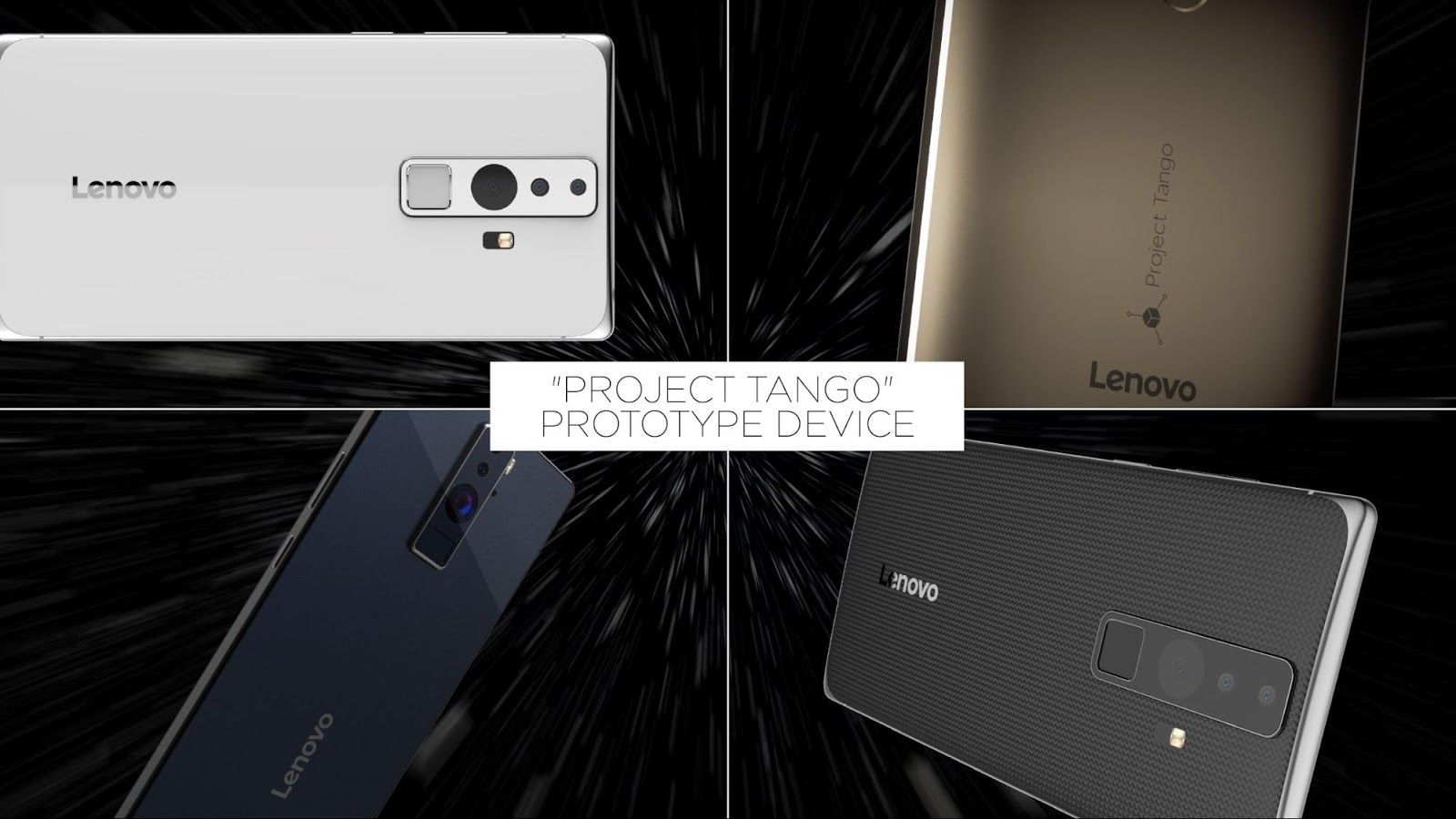
Google announced Project Tango, an effort to detect real-world space on an Android device, nearly two years ago. Since then we've seen tablet development kits become available and eventually go on sale to anyone, invite or no. Nevertheless, these devices were aimed at developers, making them more interesting for people who enjoy playing with code as much (or more) as they do playing with gadgets.
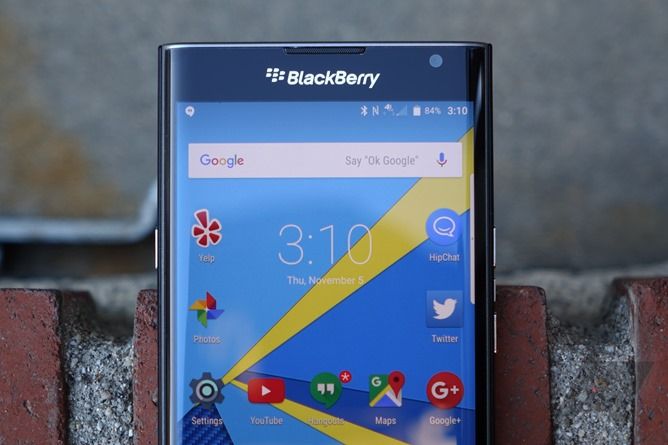
Pour one out for the little guys, folks... even if this particular little guy used to be a 700-pound gorilla that dominated corporate and government sales all over the world. After a mostly positive response to the BlackBerry Priv, the company's latest flagship and its first to run the Android operating system, CEO John Chen says that the older BlackBerry OS is not going to be used in any of the new phones it has planned for the 2016 calendar year. He told Cnet the news at the Consumer Electronics Show in Las Vegas.
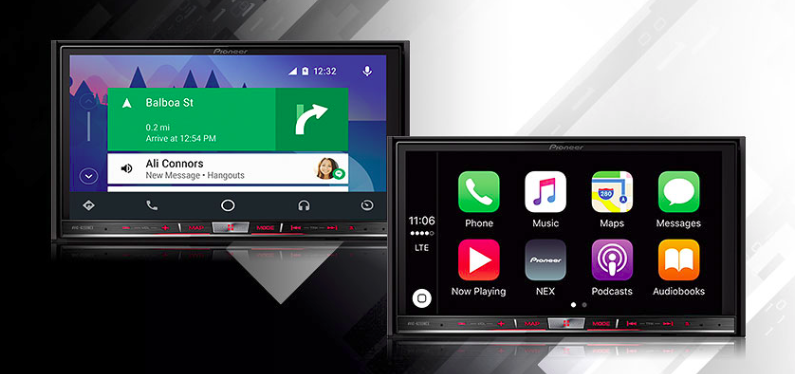
Pioneer announced Android Auto head units at last year's CES, and it's following up with updated model names for 2016. You could think of this line as the 200 series, as each unit has jumped from 100 to 200.
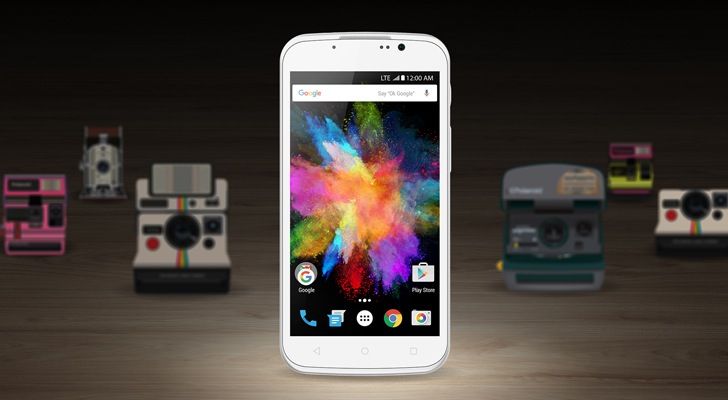
You would be excused if you saw the name "Polaroid" in any news title and glossed over it. The company isn't nearly synonymous with hip and cool technology anymore and it rarely, if ever, makes the Android news cycle. But Polaroid isn't going down easy, it wants a piece of that sweet mobile photography pie that other manufacturers are tossing around like last night's stale pizza. So it's back at CES this year, not with an Android-based camera, but with actual smartphones. Unlocked and decent smartphones, at least on paper.
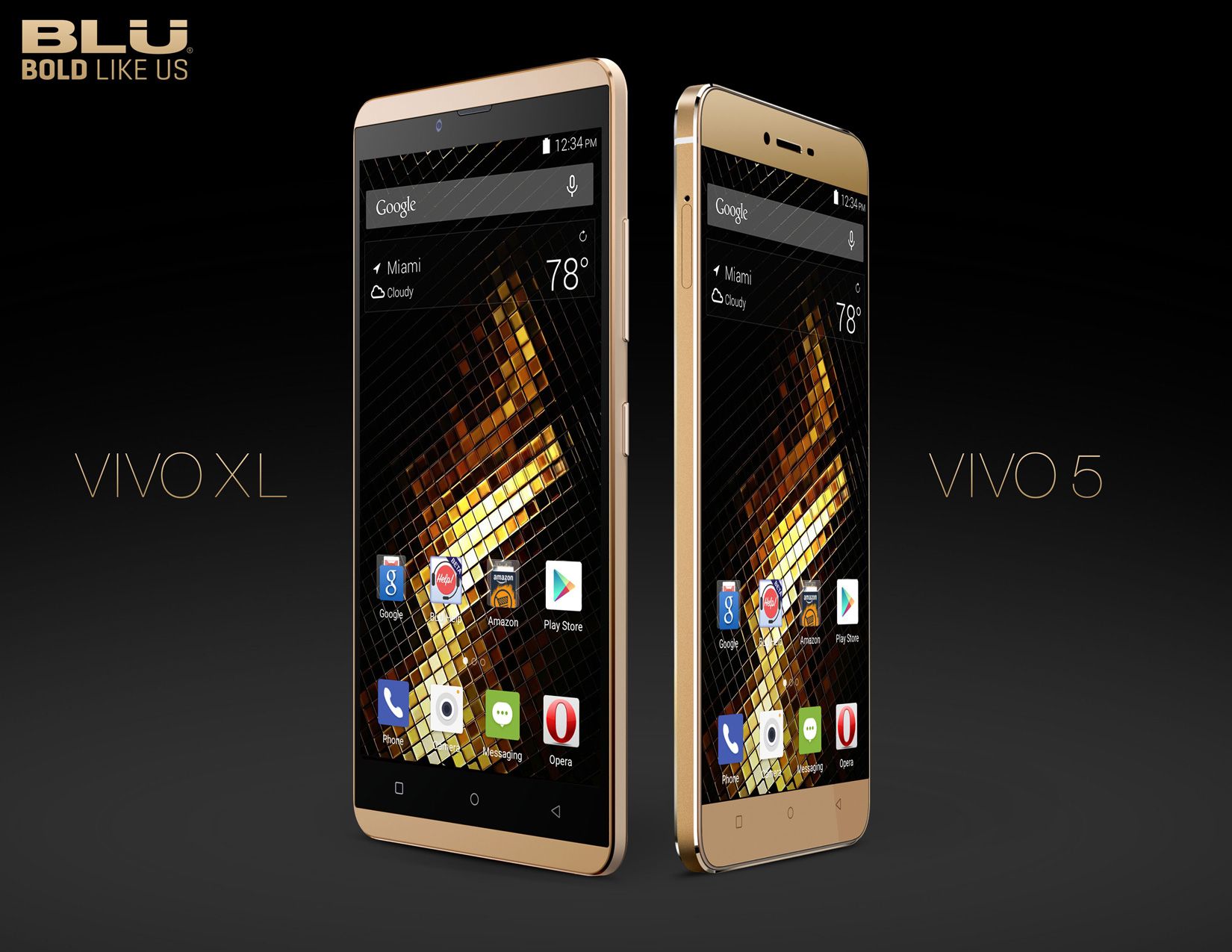
I feel like the new Life One X was somewhat of a turning point for Blu—they've always offered good phones for the price, but the LOX is a truly great phone for the money. It launched at just $99 for the first three days, which was an absolute steal; even now at $149, it's still a great deal for a phone that performs much, much better than its price suggests.

Part of the attraction of things like laser tag and paintball is that they bring the team-based combat that's become so popular in online shooters into the real world. After some notable success with its embedded heads-up display for snowboarders, Recon Instruments (recently acquired by Intel) is bringing a modified version of the Android-based system to the enthusiast paintball market. The Empire EVS "smart mask" includes a tiny Google Glass-style display in the visor that relays various bits of battlefield information to the player.
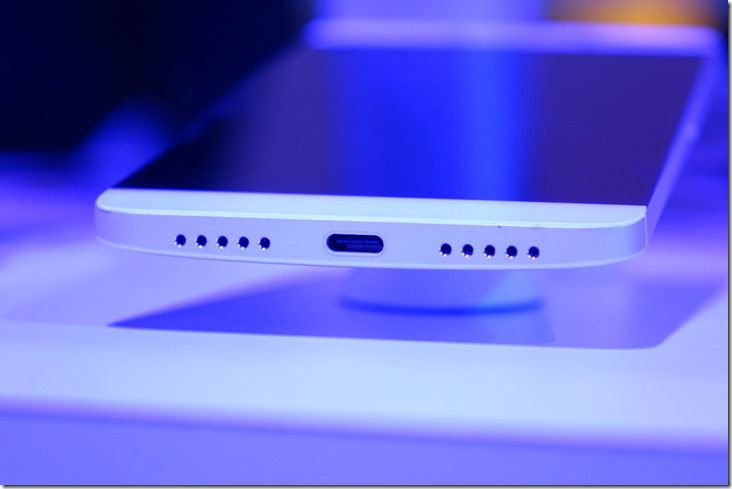
The Letv Max Pro is the world's first Snapdragon 820 phone. And yes, I know: many of you have no freaking clue what Letv is, and until recently, I was just like you. Letv is a Chinese consumer electronics and software company, kind of similar in some ways (though very different in others) to Xiaomi. They've built smartphones before, but the Letv Max Pro is easily the most internationally paid-attention-to device they've produced.
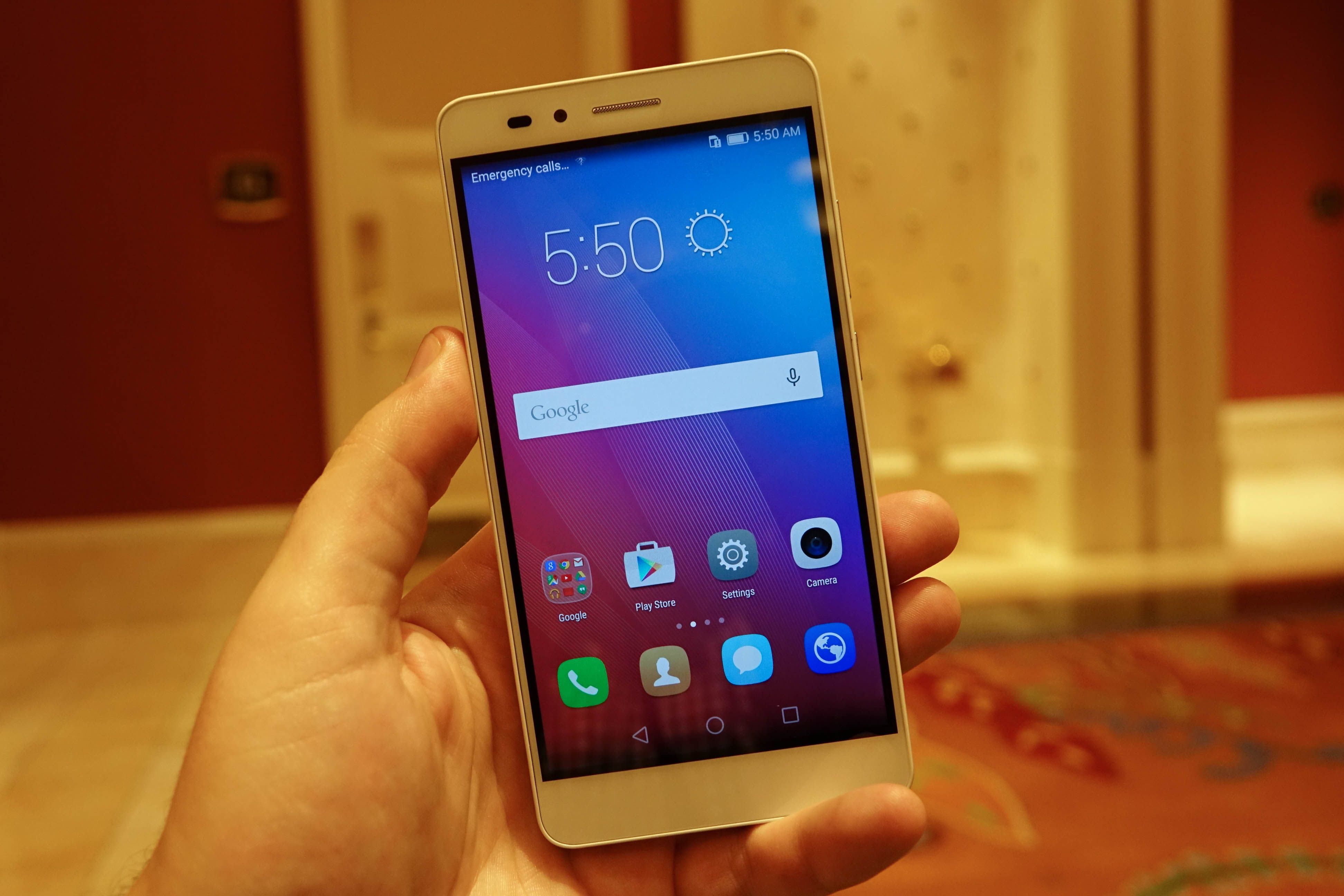
The Huawei Honor 5X's sales pitch isn't complicated, and it doesn't have to be: $199 gets you a metal-body smartphone with a fingeprint scanner, LTE, and a 5.5" 1080p display. There's no uninstallable 3rd party bloat (Twitter, Facebook, FaceTune, and Shazam can all be removed), and while it does run Android 5.1.1 with Huawei's lamentable custom UI layer, the price really does make this easier to ignore.
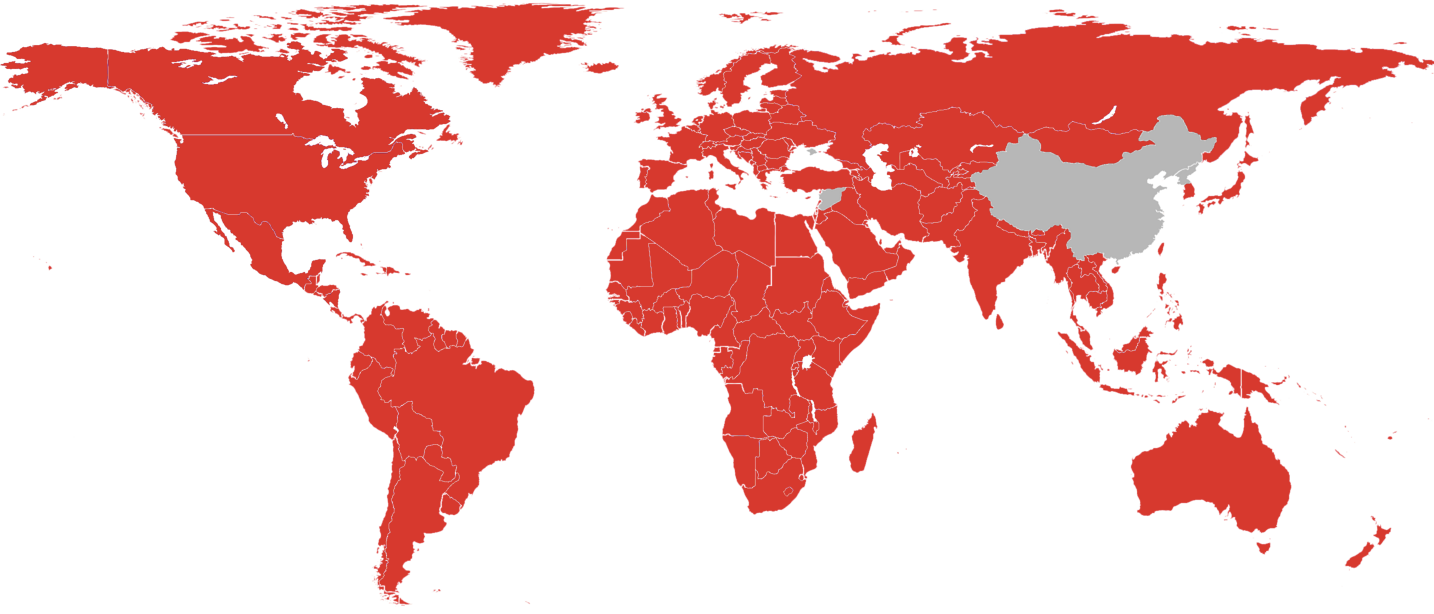
Read update
- The previous version of this story incorrectly concluded that all of Netflix's catalog would be available worldwide. The Sydney Morning Herald reported that Reed Hastings, Netflix's CEO, said the following during the CES keynote earlier today:
This is HUGE. It might be the best news to come out of CES this year. Scratch that. It is the best news to come out of CES this year. Not just because it affects the way millions of people could potentially enjoy and experience TV and movies, but because it proves that when a company has enough clout and will, it can make licensing arrangements globally instead of tiptoeing around each country's policies and agencies.
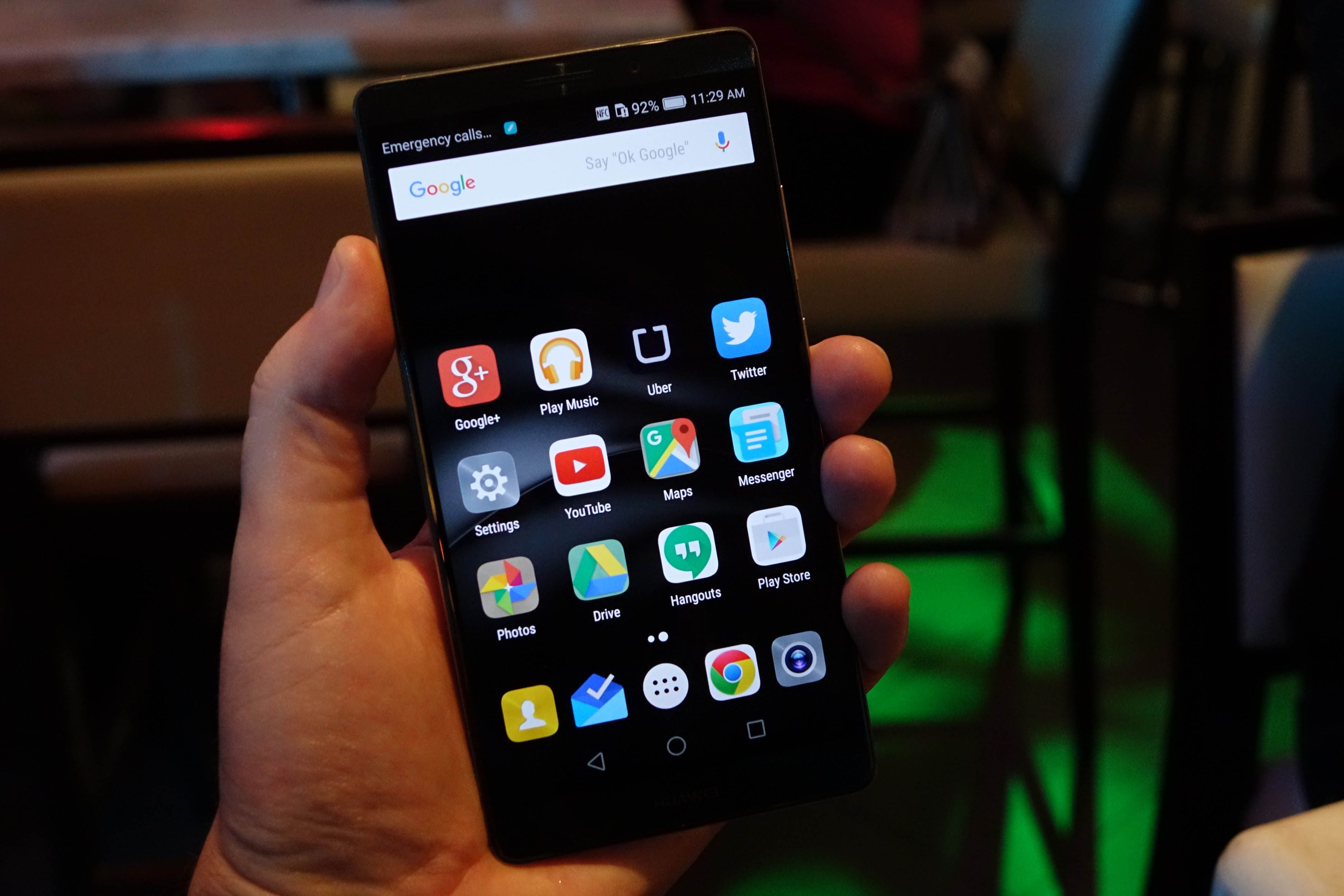
We've had a chance to spend some significant time with the Huawei Mate 8 in the last 24 hours, and so I felt an intial impressions post was warranted. The "space gray" (yes, really) 32GB unit I've been using is technically preproduction per Huawei's own disclaimer, though the software feels largely finished and the phone physically feels ready for sale.
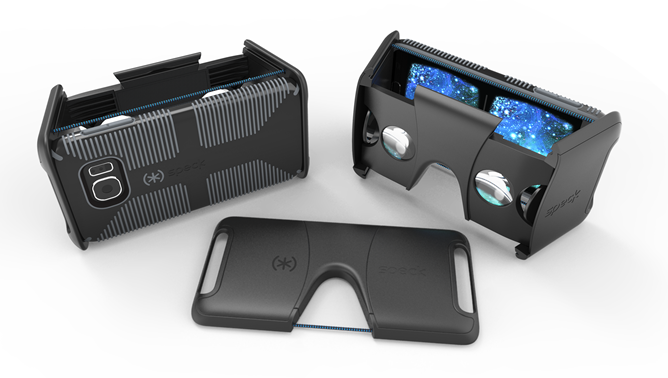
CES always seems to have at least one major trend at the trade show, and this year's hot ticket is virtual reality. With a new HTC Vive headset, the announcement of the Oculus Rift's pricey consumer model, and all manner of smaller announcements, it's safe to say that VR is the belle of the ball on the show floor. But all of them have one thing in common: you can't fit them in a pocket. Even Google's super-cheap Cardboard system is about the size of a dSLR camera when assembled. Case maker Speck thinks it's solved that problem with a new design, which is about the same size as a phone.
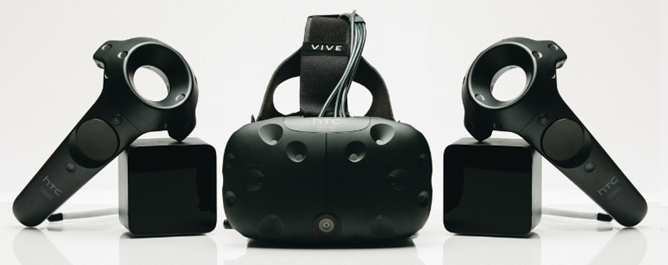
HTC raised more than a few eyebrows when it announced the Vive, a VR headset that ostensibly competes with the more well-known Oculus Rift. But far from being some one-off excursion like the Re Camera, the Vive has gained critical acclaim from those who've had access to its pre-production developer units, and HTC's partnership with Valve gives the company an in with one of the gaming industry's most influential players. At CES 2016, HTC revealed a new model, the Vive Pre, with some very interesting additions to the original.

We had a few minutes with the new Huawei MediaPad M2 10.0 after Huawei's CES press conference this morning, and here's the rundown on the upcoming slate. This isn't Huawei's first tablet, but it may well be their first particularly respectable one. While it does appear it will ship with Android 5.1.1 - everyone sigh collectively - the tablet itself feels like a reasonably nice piece of hardware.
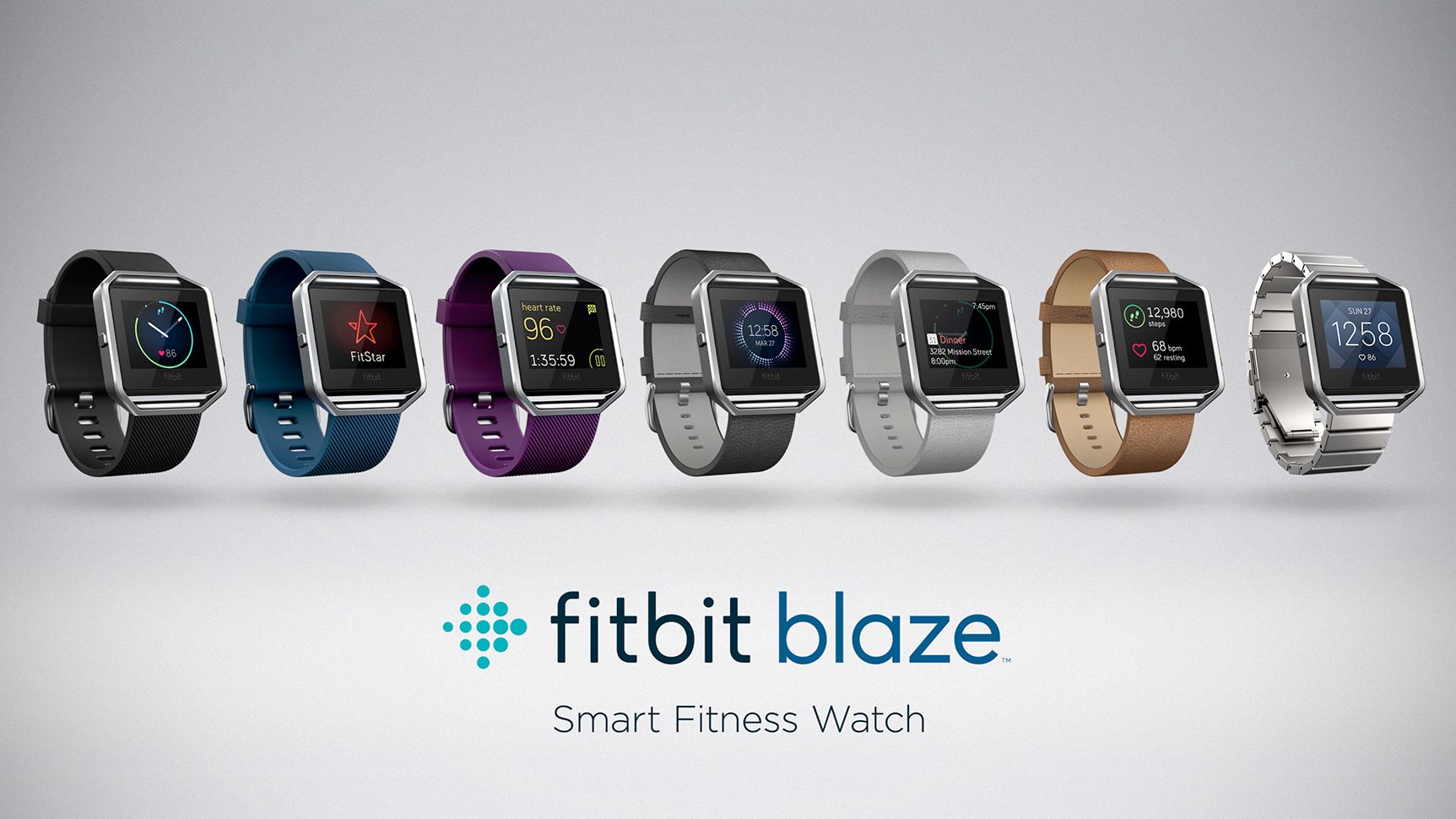
When it comes to fitness bands, Fitbit is the name to beat. But with new smartwatches from Apple, Google, Microsoft, and Pebble all touting some degree of activity tracking, the company knows the competition comes in more forms than the bracelets Misfit and Jawbone strap onto the wrists of athletic people.
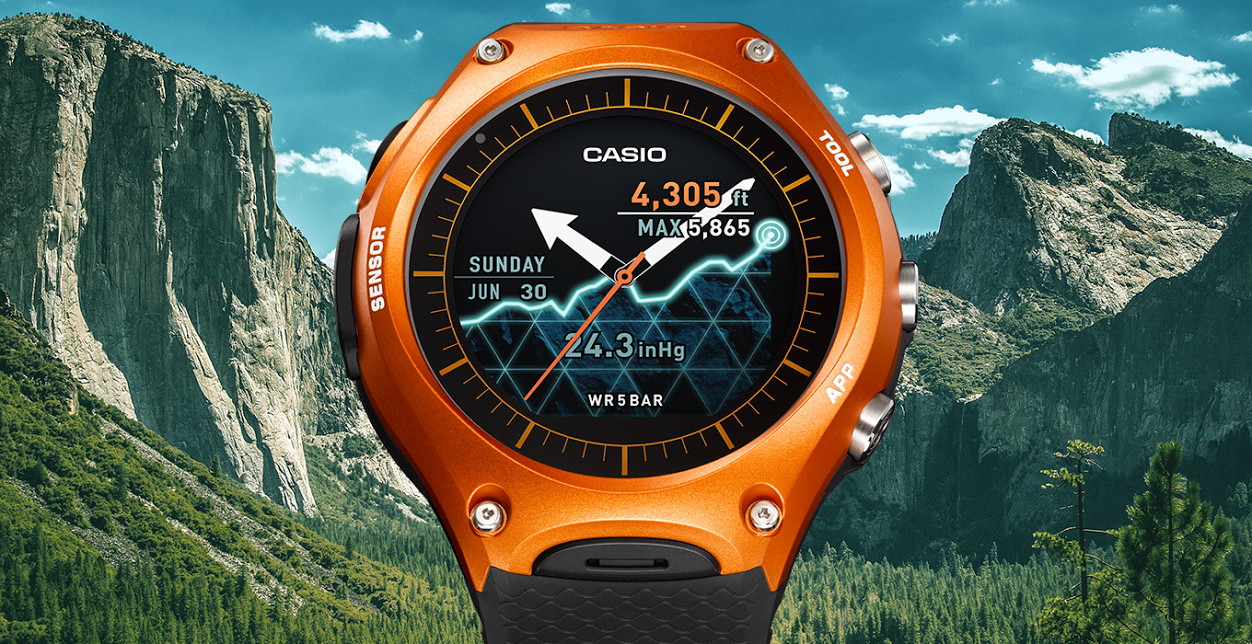
Most of the Android Wear devices out there are similar takes on the same use case, but watchmaker Casio is trying something a little different. The Casio Smart Outdoor Watch (WSD-F10) is an Android Wear device with sport watch styling and a seriously rugged design. It can even run for as long as a month in basic monochrome mode. It might not be a watch you wear every day, but outdoorsy folks might really dig it.
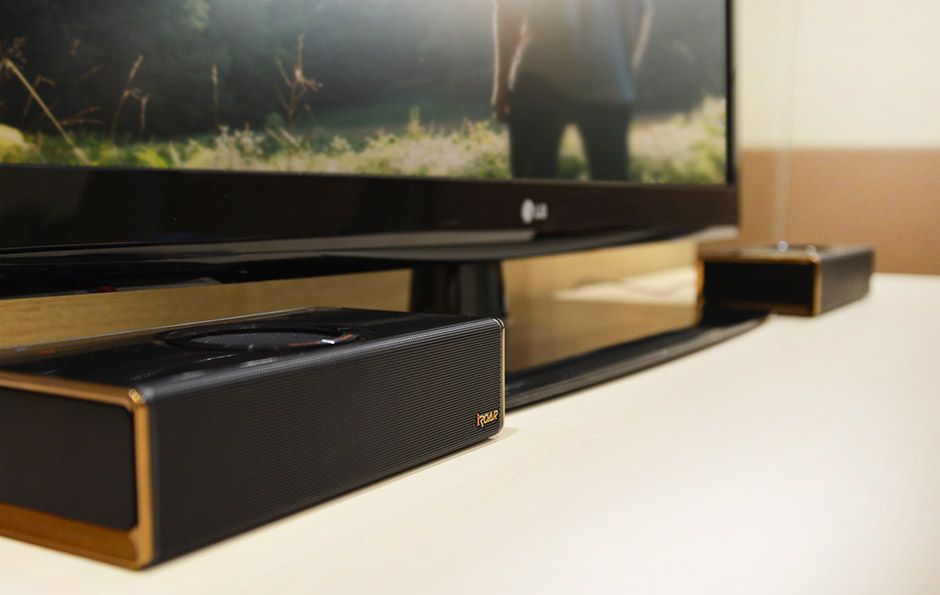
Companies want us to perceive their products in a certain way. We hardly agree with them, but sometimes we oblige their marketing taglines. Creative has come to CES with a particularly bold one. The company believes its new iRoar speaker is the most intelligent speaker on the planet.
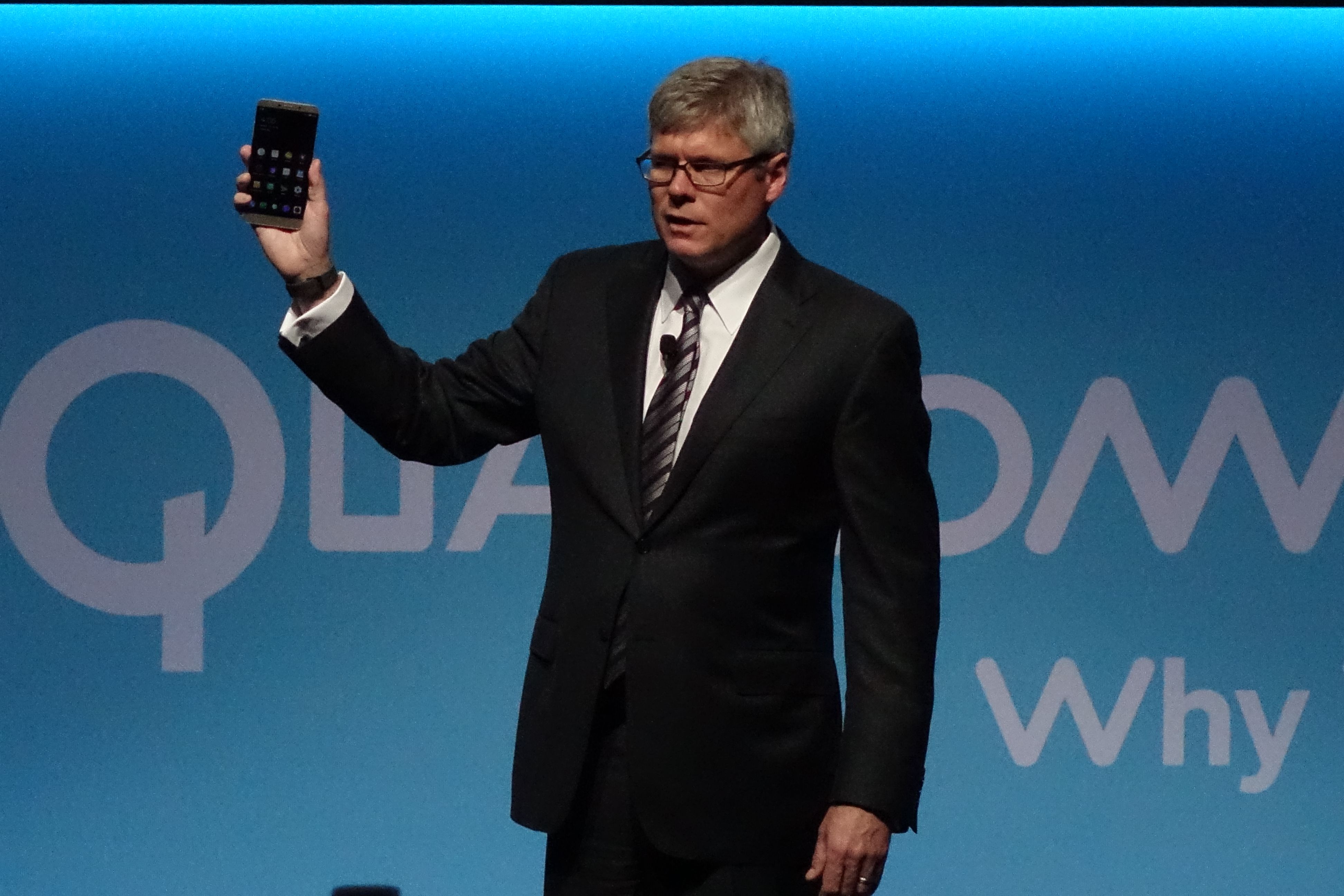
Qualcomm gave a brief reveal of the upcoming Letv Max Pro smartphone, the first announced device equipped with the company's Snapdragon 820 processor. Few details about the phone were provided - basically none - but we know it has an 820, Qualcomm's nifty ultrasonic fingerprint authentication system (it's on the back of the phone), and WiFi 802.11ad, also known as WiGig.
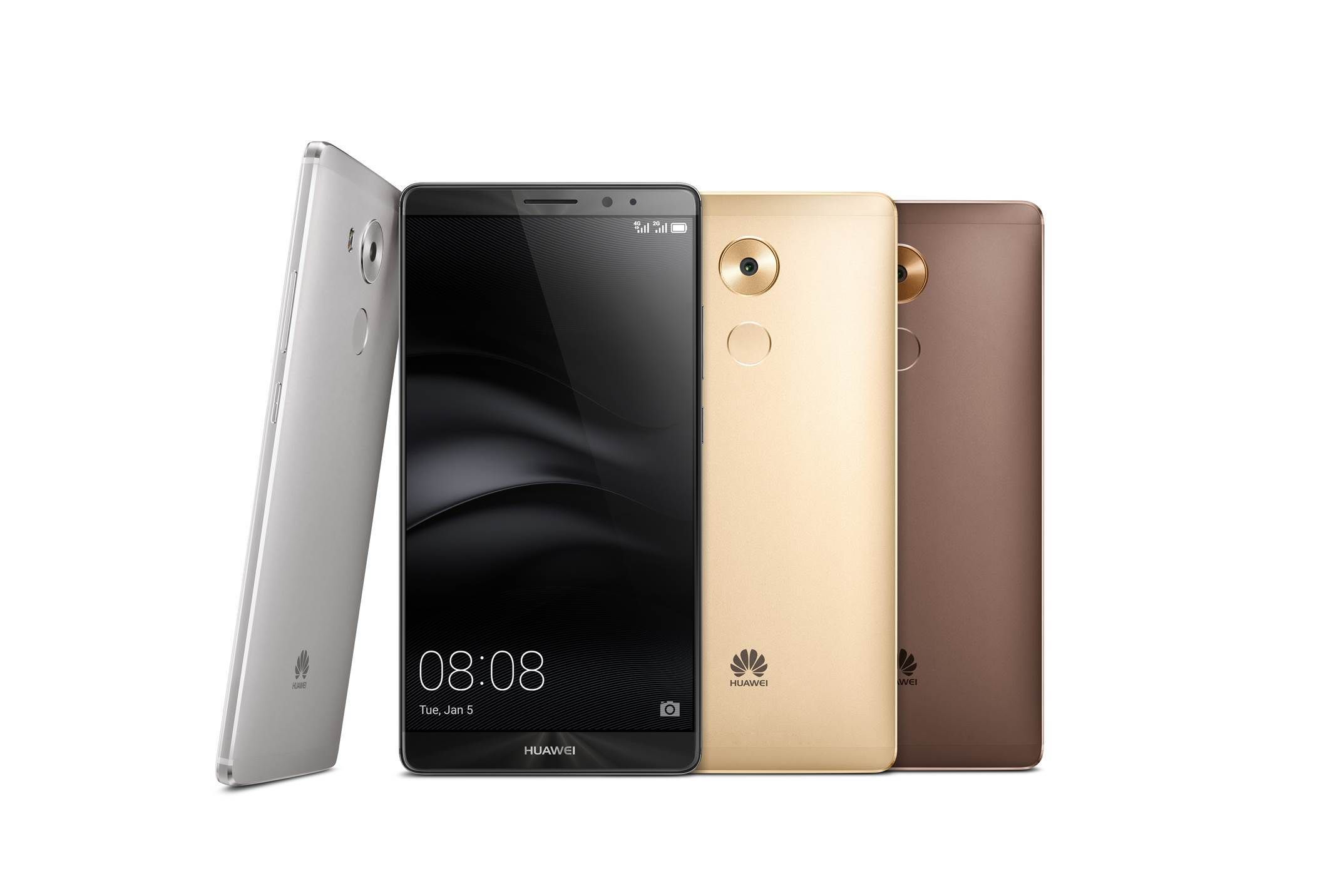
Huawei's latest flagship phone is official, but you won't be able to get it in the US. That didn't stop Huawei from showing off the new Mate 8 at CES today. It will, however, launch in more than two dozen countries in the first wave starting now. Pricing will vary by region, but it won't be cheap. The base 32GB model is about €599 with a 64GB upgrade for €699. Maybe that'll seem worth it when you learn this phone has a massive 4000mAh battery.






